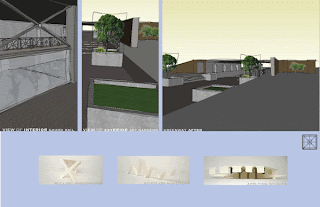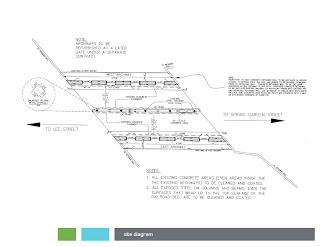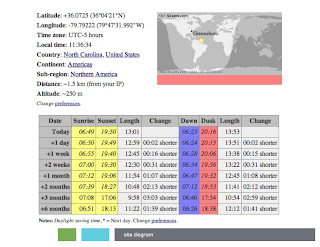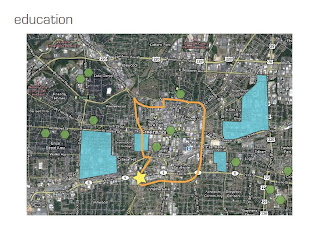Drawn to the Park
Thursday, September 8, 2011
Tuesday, August 30, 2011
Sustainable event: one
Just the other day my friend Carlos and I took a trip to the Piedmont Triad Farmers Market. I have lived in the Greensboro area for about four years now and Carlos, his whole life. Yet, neither one of us had ever been to the Farmers Market. As we arrived we were very excited to see all the venders and smell all of the fresh sweet fruits. I also took note of the planning of the space. There were about five to six permanent indoor-outdoor structures with space for vender’s tables, tents, and trucks. There were also designated restroom locations in addition to electric; to keep the produce and dairy products cold. One thing I didn’t expect to see was out of season/ long distance foods. Perhaps I am not well versed in the capabilities of North Carolinas growing climate but I am most certain that avocados usually grow in Mexico and carrots don’t grow themselves into a bushel and then put themselves into a grocery store bag. That’s when I began to think how could a farmers market be unsustainable? So I started to ask around and found that the first two venders I spoke with were from somewhere near Ashville. That’s about 172 miles away! Can you imagine the price in gas it took to get them here? Ok, Maybe that’s not so bad. Isn’t the rule of thumb that something must be within 500 miles to be considered sustainable? Never the less, thinking about the trucks driving all that way made me consider the parking lot. Was there really a need to lay all of that asphalt? Couldn’t the contractors keep the gravel lot? Well maybe I was visiting on a slow day, (Sunday afternoon) maybe there are busier days where all this space is really needed. Next I got to thinking about how people, non-farmers, would get to the market. Was there a bus station? Could a passenger train stop by? Sure, the market is right off of rout forty which makes it convenient for automotive travelers but I couldn’t imagine anyone trying to ride their bike here.
Art vs. the Architect
I think that after my parent’s generations and mine pass; a work like Peter Eisenmann’s “Melting Bong” in New York would not be ridiculed but instead looked at as something wonderful, and perhaps even inspirational. I can imagine decades from now individuals looking at that building and wondering why it looks as if it were falling; then quickly recalling its meaning and purpose. As for Frank Gehry’s “Lou Ruvo Brain Institute” in Las Vegas, the same can be said… It is true that the building is abstract and that its concept was clearly derived from its users. As a student of design, I can understand and appreciate the works of these gentlemen. At the same time I try to extract myself and put my perspective into someone else’s point of view, the common civilian. Would I be offended? Confused? Should I be?
All this brings me to an other point of thought- how is it that designers and architects alike can be so related in their abstract ways of thinking but so legally separated? Currently, our society looks at designers as a “caddy” and architects as the “professional golfer”. Each could do their job by themselves but would be much more successful working together.
Moreover, who’s to say that architects are not just privileged artists with math and science skills. I have recently read a passage in my studio class: Color in Architecture by Rasmussen from the book Experiencing Architecture, MIT Press, 1992. In the passage Rasmussen makes the point that “despite all theories on color there is no definite rule or direction that state- if closely followed one can guarantee good architecture” (Rasmussen, p219). If this were so, all design students would receive A’s but that’s just not the case because our craft is one of opinion, not of easily memorized facts and equations. So how is it that we create an accredited standardized test? After all, beauty is in the eye of the beholder.
































